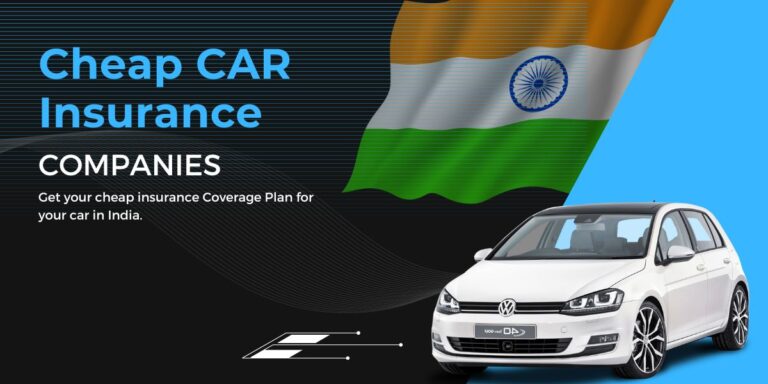Getting the best deal on auto insurance can feel like navigating a maze, but understanding how auto insurance quotes work can simplify the process.
An auto insurance quote is an estimate of how much you’ll pay for a policy based on factors like your driving record, the type of car you drive, and your location.
One common problem people face is the confusion between different coverage levels and terms, which can make it hard to compare quotes accurately.
Another issue is not knowing about potential discounts they may qualify for, such as safe driver discounts or multi-policy discounts.
By taking the time to understand these details, ask the right questions, and shop around, you can find a policy that offers the coverage you need at a price you can afford.
This guide will help you navigate the complexities of auto insurance quotes, ensuring you get the best possible deal without sacrificing coverage.
what an auto insurance quote?
An auto insurance quote is an estimate provided by an insurance company that details how much it will cost you to purchase an auto insurance policy.
This quote is based on a variety of factors including your driving record, the type of car you drive, your age, gender, location, and coverage preferences.
Definition and components of an auto insurance quote
An auto insurance quote is an estimate of how much you’ll pay for a car insurance policy. It’s provided by an insurance company and is based on various factors related to you and your vehicle.
Personal Info
- Age and Gender: Younger drivers and men often pay more.
- Driving Record: Accidents and tickets can raise your rates.
- Location: City drivers usually pay higher premiums.
Vehicle Info
- Make and Model: Fancy cars cost more to insure.
- Year: Older cars might be cheaper but lack modern safety features.
- Usage: How often and why you use your car affects the quote.
Coverage Levels
- Liability: Covers damage you cause to others.
- Collision: Covers damage to your car from crashes.
- Comprehensive: Covers non-crash damages like theft.
- Uninsured/Underinsured Motorist: Protects you if the other driver doesn’t have enough insurance.
Deductibles
- Amount: The amount you pay out-of-pocket before insurance kicks in. Higher deductibles mean lower premiums.
Policy Limits
- Coverage Limits: The max amount the insurance will pay out. Higher limits mean higher premiums.
Discounts and Surcharges
- Discounts: Safe driver, multi-policy, good student discounts, etc.
- Surcharges: Extra costs for high-risk factors like previous claims or sports cars.
Additional Coverage
- Roadside Assistance: Help for breakdowns like towing.
- Rental Reimbursement: Covers rental car costs if yours is in the shop.
- Gap Insurance: Covers the difference between your car’s value and what you owe on a loan.
Factors influencing auto insurance quotes
Several key factors influence auto insurance quotes, including your age, gender, and driving history.
Younger drivers and those with a history of accidents or traffic violations typically face higher premiums.
The type of vehicle you drive also impacts the quote; luxury and high-performance cars generally cost more to insure.
Your location is another crucial factor, as living in a city with higher traffic and theft rates can increase your rates.
Additionally, how often you use your car and for what purpose, such as commuting versus occasional use, affects the cost.
Your credit score and any existing insurance policies can also play a role.
The Best Options for Cheap Car Insurance in Texas
Car Insurance Costs in Nigeria: How Much for Basic, Third Party, and Cheapest Options?
Tips for Comparing Insurance Quotes and Saving Money
Types of coverage included in auto insurance quotes
Auto insurance quotes typically include several types of coverage, each designed to protect you in different situations:
- Liability Coverage: This is the most basic form of insurance and covers damages you cause to others in an accident, including their medical expenses and property damage.
- Collision Coverage: This pays for damage to your own vehicle resulting from a collision, regardless of who was at fault.
- Comprehensive Coverage: This covers damages to your car not caused by a collision, such as theft, vandalism, fire, or natural disasters.
- Uninsured/Underinsured Motorist Coverage: This protects you if you’re in an accident with a driver who doesn’t have sufficient insurance or any insurance at all.
- Medical Payments Coverage (MedPay): This helps pay for medical expenses for you and your passengers after an accident, regardless of who is at fault.
- Personal Injury Protection (PIP): Similar to MedPay, PIP covers medical expenses, lost wages, and other related costs, depending on your state’s requirements.
- Rental Reimbursement: This optional coverage helps pay for the cost of a rental car while your vehicle is being repaired after a covered loss.
- Roadside Assistance: This coverage provides help for emergencies such as towing, flat tire changes, and jump-starts.
Auto Insurance Quote Explained: How to Get the Best Deal?
To get the best deal on an auto insurance quote, start by understanding what factors influence the cost, such as your driving record, vehicle type, and location.
Gather detailed information about your car and driving habits, and use online comparison tools to request quotes from multiple insurers.
Make sure to compare similar coverage levels and limits to ensure you’re getting a true apples-to-apples comparison.
Don’t forget to ask about discounts you might qualify for, such as safe driver, multi-policy, or good student discounts.
Check the insurer’s reputation for customer service and claims handling to avoid potential issues down the line.
Review your policy annually to ensure it still meets your needs and to take advantage of any new discounts or better rates that may be available.

Hey, I’m Ratiranjan Singha, the Creator of Myworldstuffs.com. I Offer in-Depth Articles and Guides that Help you to Understand Various Financial Concepts.










